LED and Lamp Measurement
Labsphere's measurement systems are engineered to deliver turnkey evaluations of LEDs, lamps, lighting fixtures, and luminaire performance. Our systems support manufacturers and researchers in optimizing designs and bringing new products to market, ensuring compliance with industry standards, and improving energy efficiency. Shop here for our wide range of UV-VIS-NIR integrating sphere systems, spectroradiometers, and accessories.
LED and Lamp Measurement
Showing all 12 results
-
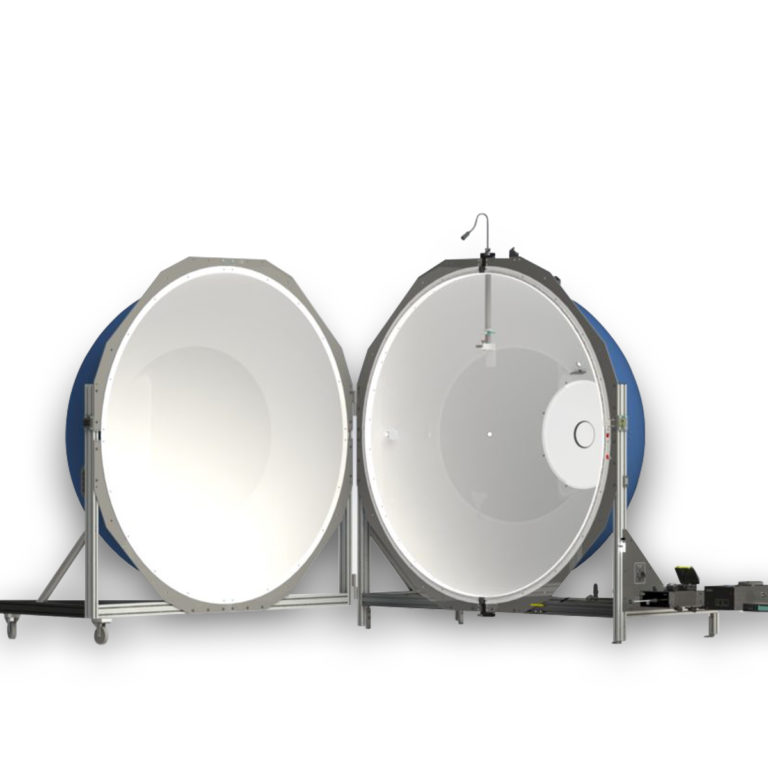
Integrating Sphere Spectroradiometers: Lamp and Fixture Test and Characterization
-
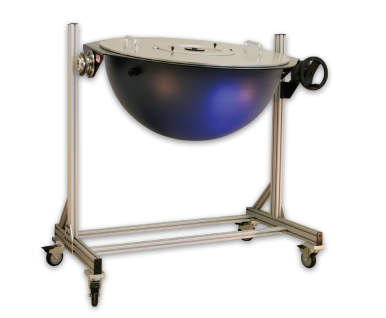
Integrating Hemisphere Spectroradiometers: Lamp and Fixture Test and Characterization
-
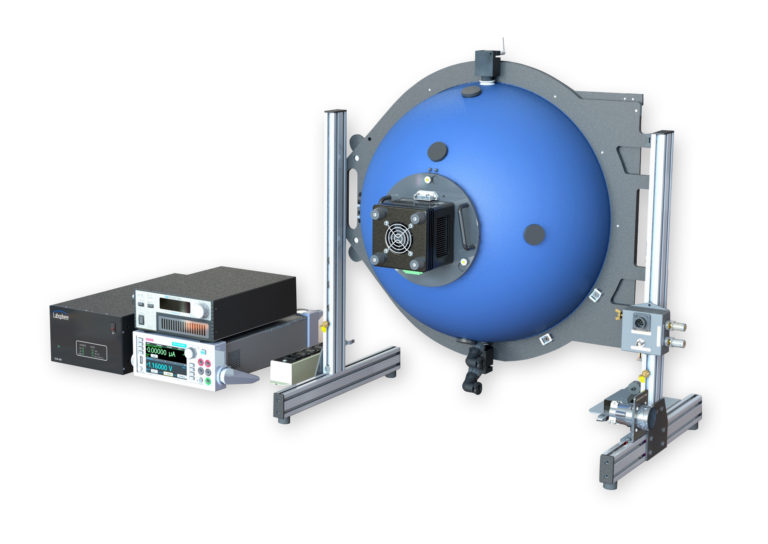
VIS NIR LED Characterization Systems
-

UV LED Characterization Systems
-

UVC Irradiance and Dose Meters and Sensors: SMARTSens
-
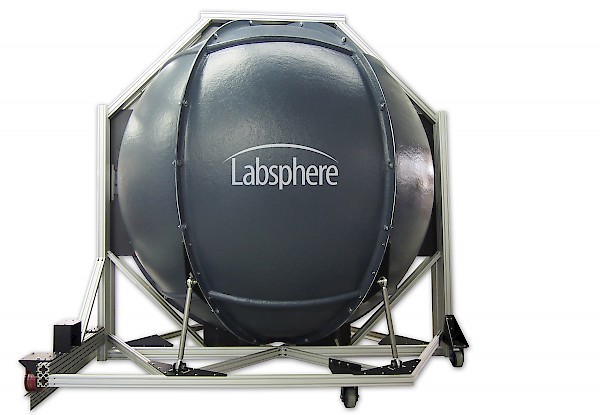
Integrating Spheres for Lighting Measurement
-
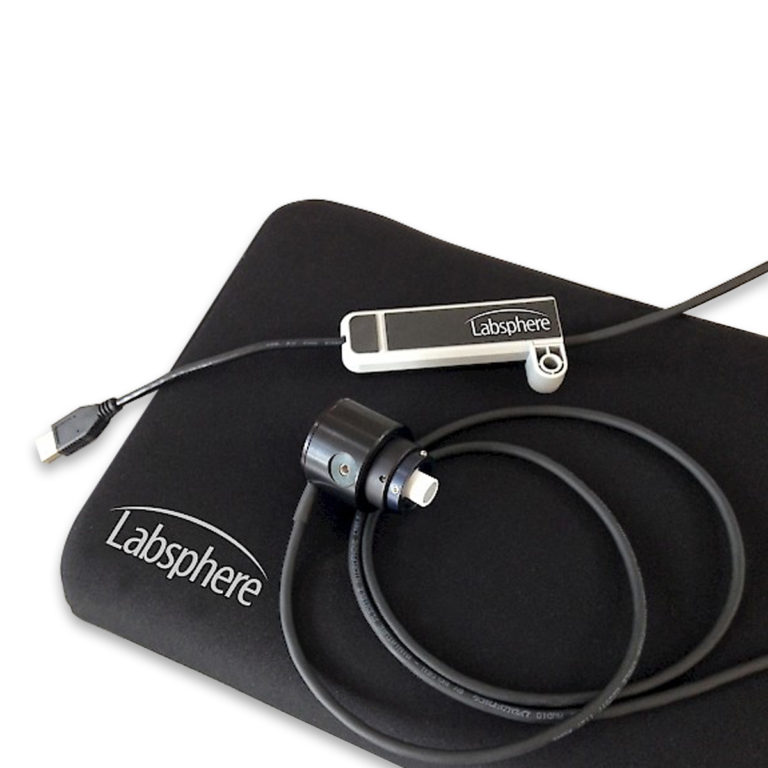
Lighting Flicker Meters
-
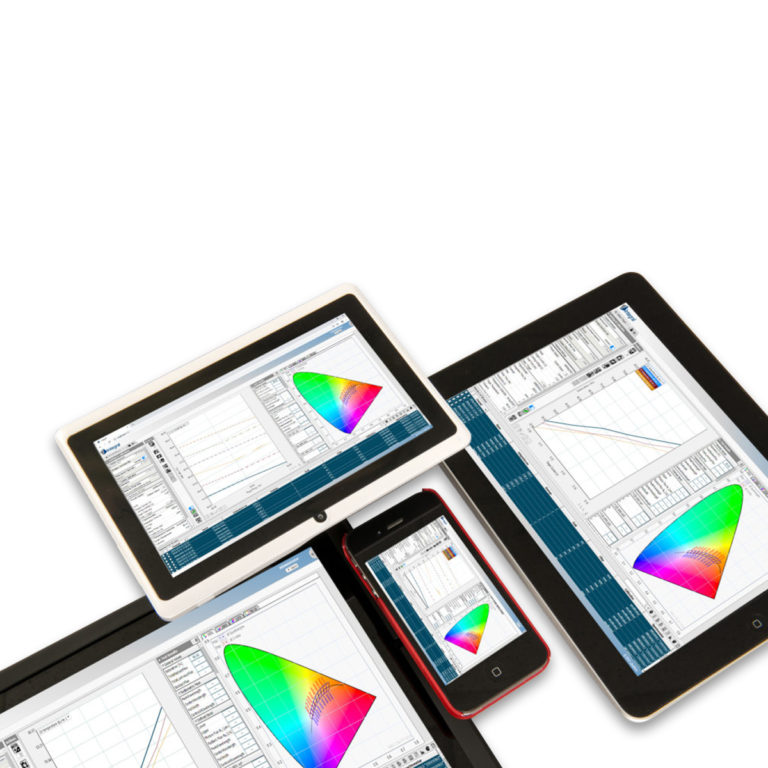
Light Measurement Software: Integral
-
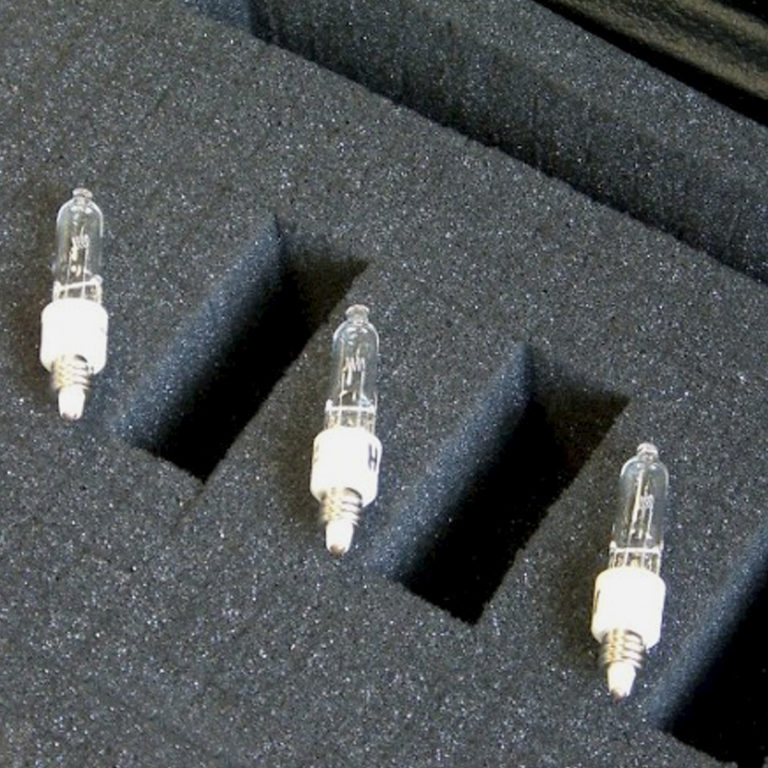
Calibrated Spectral Flux Standards
-
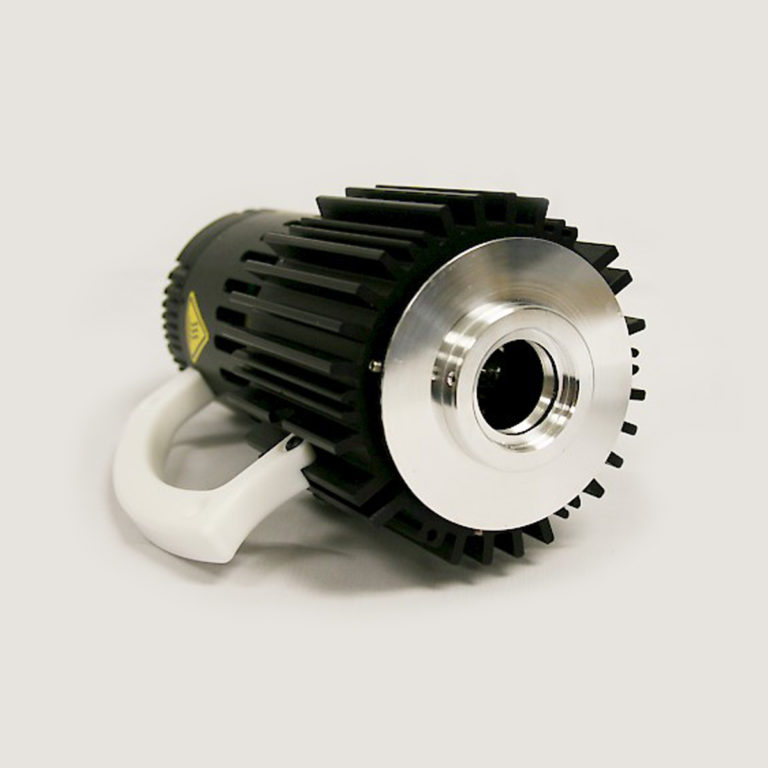
Calibrated Forward Spectral Flux Standards
-
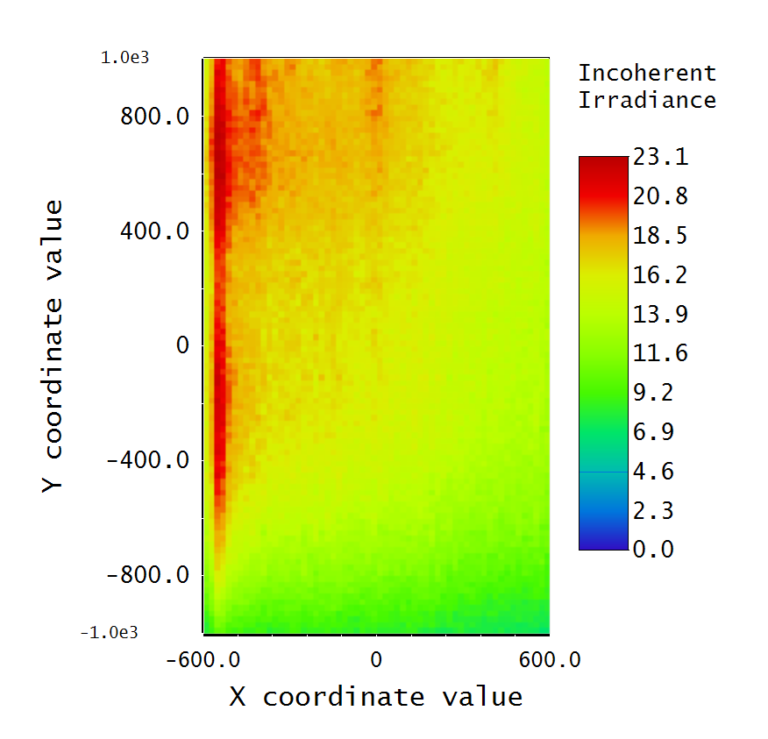
Optical Modeling Service: SMARTSens
-

Temperature Probes and Monitors
Light measurement is crucial in various industries, including energy-efficient lighting, display technology, and automotive lighting, for product development and performance validation. Understanding the properties and behavior of light, especially in the visible and UV wavelength ranges, allows for accurate characterization and quality control of LED and energy-efficient lighting products.
The basics of total flux measurement of light sources can be divided into two main spectral regions: visible light and ultraviolet (UV) light. Visible light, which ranges from 380 to 700 nm, is often measured using photometry and colorimetry. Photometry involves the measurement of light as perceived by the human eye, with units such as lumens (luminous flux), lux (illuminance), and candela (luminous intensity). Colorimetry assesses the color of light using parameters like Correlated Color Temperature (CCT), Color Rendering Index (CRI), and Color Quality Scale (CQS). Ultraviolet light, spanning from 10 to 400 nm, is further categorized into UV-A, UV-B, and UV-C. UV-A is commonly used in applications like curing, disinfection, and phototherapy. UV-B (280-315 nm) finds use in medical treatments and research, while UV-C (100-280 nm) is primarily employed for germicidal applications.
Several measurement techniques are commonly employed to accurately measure light. Integrating spheres are used to measure the total luminous and spectral flux of light sources by capturing all emitted light from a lamp, light engine, or fixtures. Integrating sphere spectroradiometers measures the spectral power distribution of light across constituent wavelengths, which is essential for determining the color properties and efficiency of LEDs, solid-state lighting, and other light sources. Goniophotometers measure the spatial distribution of light sources and the data can be interpolated to determine the total flux of a light source.
Accurate measurement of light is vital for several reasons. Quality control ensures that lighting products meet specified performance criteria, while compliance ensures adherence to industry standards and regulations, such as those set by IES, ANSI, CIE, and others. By providing state-of-the-art light measurement systems, including integrating spheres and spectroradiometers, power control rack modules, and turnkey software, Labsphere enables industries to innovate and maintain high standards in lighting technology.